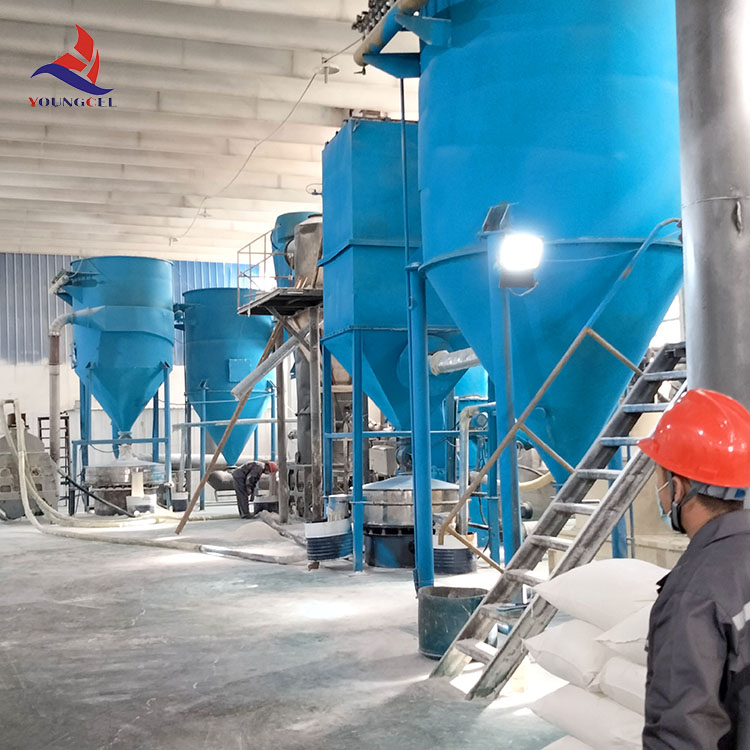Hydroxypropyl Methylcellulose (HPMC) An Overview
Hydroxypropyl Methylcellulose (HPMC) is a versatile, non-ionic polymer derived from natural cellulose. Its unique properties have made it a key ingredient in various industries, including pharmaceuticals, food, cosmetics, and construction. HPMC is synthesized through the chemical modification of cellulose by introducing hydroxypropyl and methyl groups, which enhance its solubility and functionality.
Hydroxypropyl Methylcellulose (HPMC) An Overview
In the food industry, HPMC is recognized for its emulsifying and thickening properties. It is commonly used as a food stabilizer and can improve texture and mouthfeel in various products, such as sauces, dressings, and gluten-free baked goods. HPMC is also favored in fat replacer formulations due to its ability to retain moisture and mimic the creamy texture of fats while containing fewer calories.
hydroxypropyl methylcellulose hpmc

The cosmetic and personal care industries also benefit from HPMC’s unique characteristics. It acts as a thickener and film-former in creams, lotions, and hair products, contributing to the desired consistency and performance. Moreover, HPMC’s non-toxic and biodegradable nature aligns with the growing consumer demand for sustainable and environmentally-friendly cosmetic formulations.
In construction, HPMC is incorporated into cement-based products, providing improved workability and adhesion. It enhances water retention, ensuring that the materials remain workable for longer periods, which is essential for achieving quality results in plastering and tile adhesives.
In summary, Hydroxypropyl Methylcellulose is a multifunctional polymer with a broad range of applications across various sectors. Its unique properties allow it to enhance product performance, improve texture, and provide functionality that meets the needs of modern consumers and industries alike. As research and innovation continue, HPMC is likely to play an increasingly important role in developing novel formulations and sustainable solutions.
-
The Versatility of Industrial Additives: Mhec, Hpmc, And Wall Putty SolutionsNewsMar.28,2025
-
The Importance of HPMC in Modern IndustriesNewsMar.28,2025
-
Partnering with Reliable Manufacturers for Optimal ResultsNewsMar.28,2025
-
Enhancing Construction Performance with Redispersible Polymer PowdersNewsMar.28,2025
-
Enhancing Construction and Household Products with Advanced AdditivesNewsMar.28,2025
-
Building Strong Foundations with Key Construction MaterialsNewsMar.28,2025






